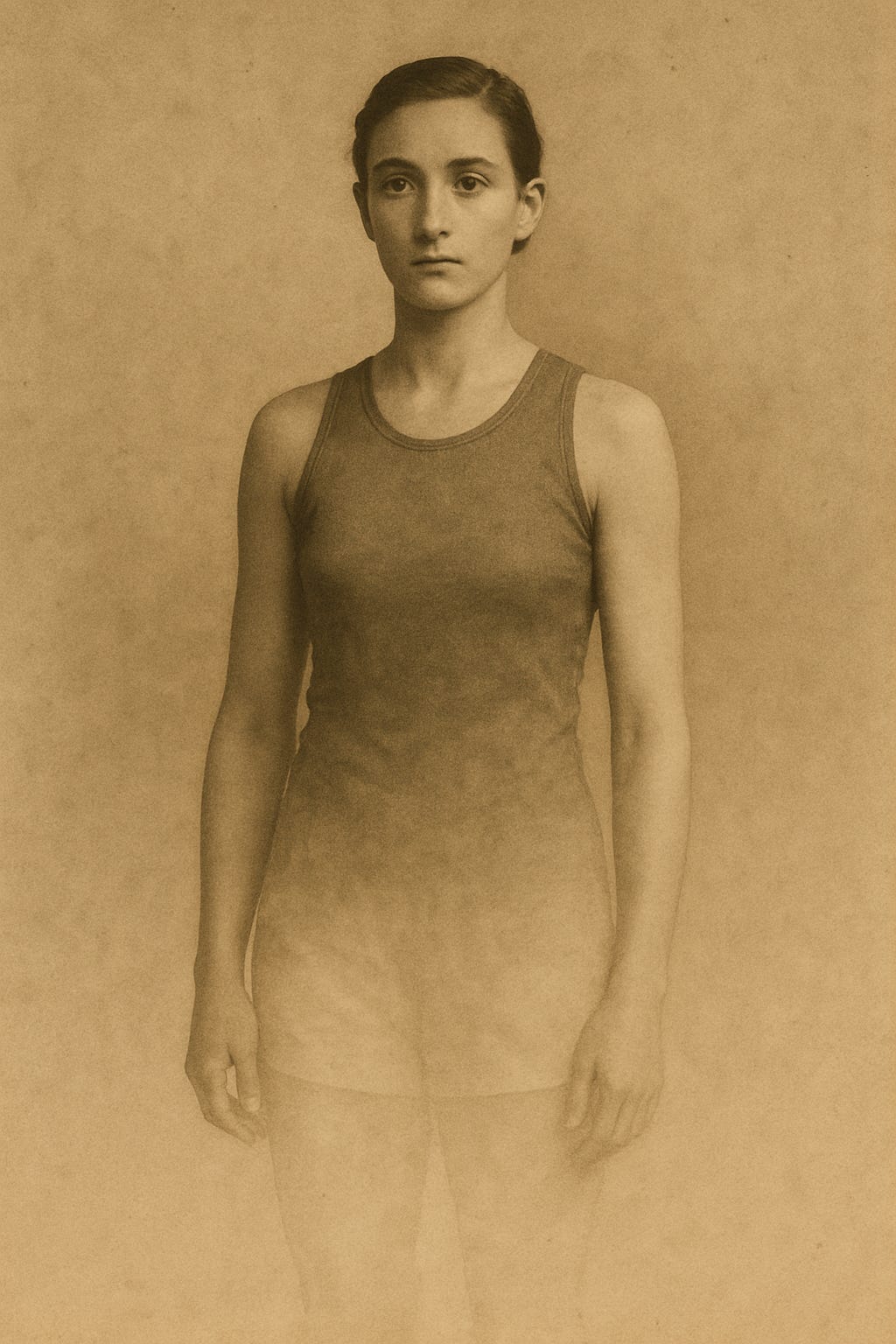Making People Disappear
History is not just what happened. It's what keeps trying to happen.
Before the arrests, before the camps, before the smoke—there were signs.
Not warning signs. Literal signs. Names removed. Titles crossed out. Offices reassigned. Teachers dismissed. Doctors erased from hospital directories. Athletes kept from playing sports. Their crime? Being born Jewish.
When we think of the Holocaust, we often skip ahead to the worst c…
Keep reading with a 7-day free trial
Subscribe to TheRobArcher.com to keep reading this post and get 7 days of free access to the full post archives.



